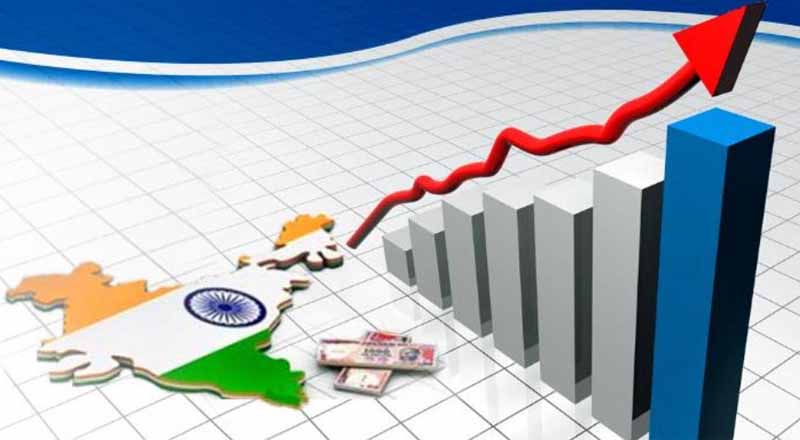Indians are consuming a lot more data as the broadband users are upgrading to higher data plans and India is figured as the largest and fastest growing digital economies. India’s data usage per smartphone has grown by over 20% in the last 2 years, averaging 11 GB/month. During the crisis, connectivity has been the greatest enabler for social and economic engagement leading to 20% -25% increase in data consumption in the past 2 months. The changing consumption patterns are shaping a new normal toward a more digital way of life.
Many businesses were able to maintain operations through remote working and access to data and applications, while students continued to learn via collaboration platforms. This demonstrated the growing importance of cloud services and the central role they have played in enabling digital transformation. But some large, complex and consulting-led projects were disrupted due to workplace shutdowns, which also affected negotiations and bidding processes, but new cloud migration and cloud-native opportunities are emerging as organizations assess their response to the crisis, optimize future emergency continuity plans and develop new processes and services. The coronavirus pandemic has altered nearly every aspect of our personal and professional lives.
The Cloud infrastructure services spending reached US$3.9 billion. China remained the world’s second largest market, accounting for 12.5% of the overall total. There is increasing pace of cloud adoption in the country as part of digital transformation projects. The top four cloud service providers collectively accounted for 81.0% of total spend in Q1 2020. Alibaba Cloud continued to dominate, commanding a share of 44.5%. Huawei Cloud and Tencent Cloud were the leading challengers, with shares of 14.1% and 13.9%. Baidu AI Cloud is on the fourth largest cloud service provider with 8.6% share.
The rising demand for remote working and infotainment is driving rapid uptake of digital services. There is a clear shift in digital media consumption. In the new normal, video conferencing and group calling has transitioned from being niche services to necessity in a matter of weeks. From doctors, remote workers, to students and stay -at-home population, people are replacing in-person meetings and travels with virtual meetings.
As IT leaders provide their workforce with the tools to carry out the corporate mission, they should develop a PC lifecycle strategy that encompasses the key organizational needs of systems management, end-user productivity, business innovation and data-centric security.
COVID-19 is unfolding a new normal. The upheaval is shaping a new digital way of life transforming the way people work, eat, shop, play and stay entertained. From now to next and beyond, the impact is set to accelerate structural changes in consumer behaviour. Technology, Media and Telecommunications (TMT) companies will need to shift gears at an unprecedented pace, forge new propositions and position themselves in the platform business – as Digital Services Providers and Enablers.





